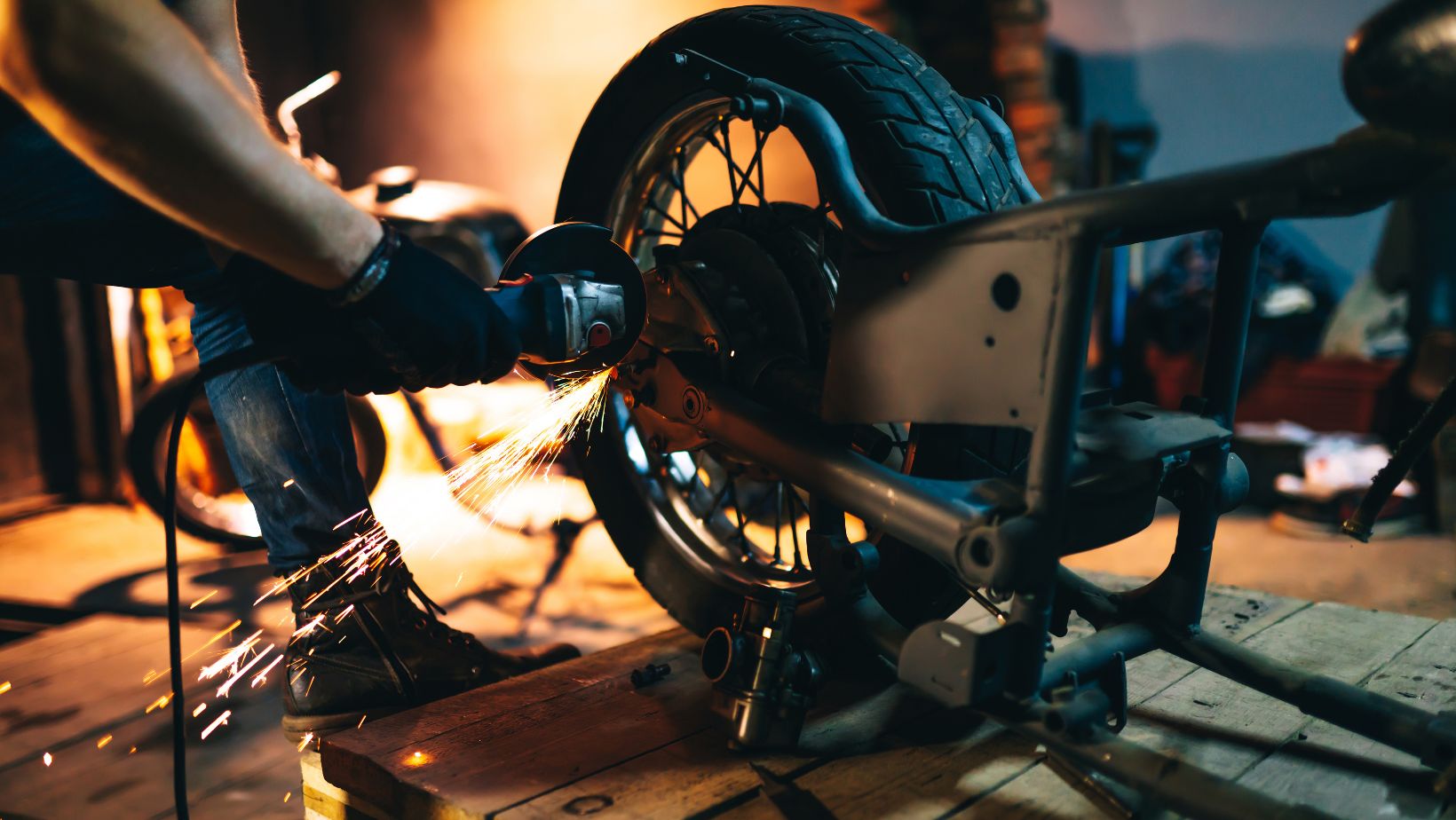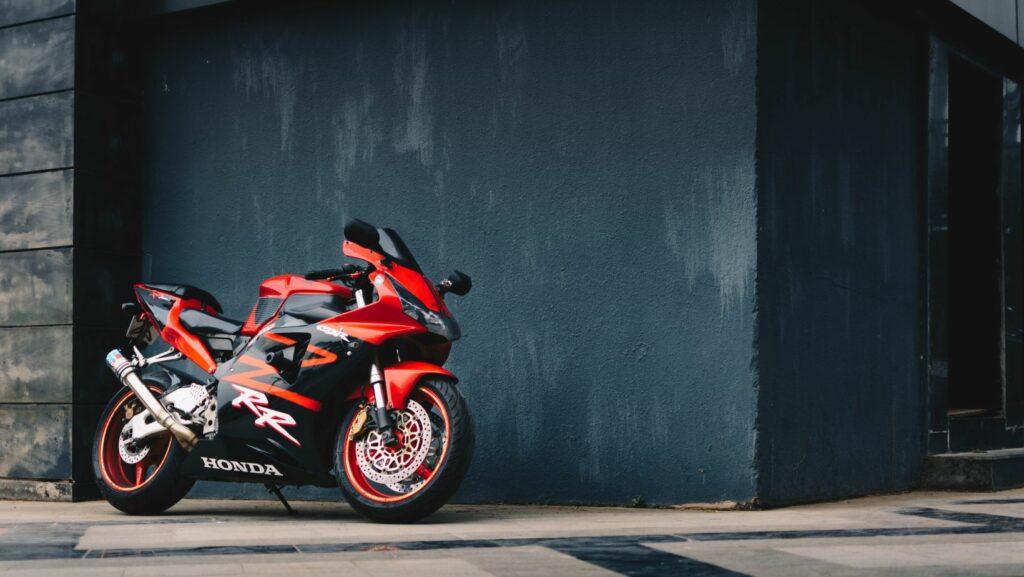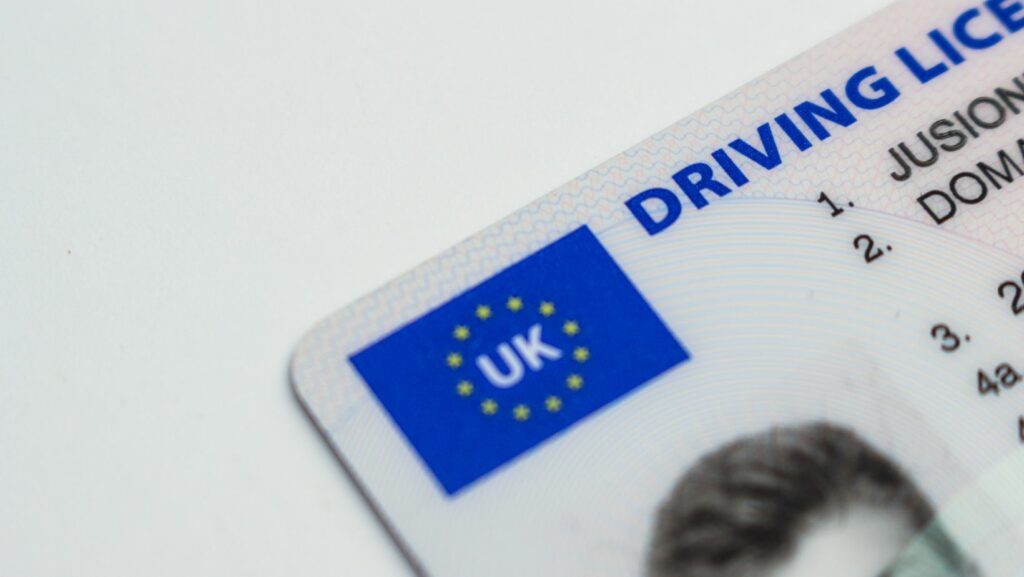Honda Motorcycle Carb
Are you looking for the ultimate guide to Honda motorcycle carburetors? Look no further! In this comprehensive article, I’ll provide you with all the essential information you need to know about carburetors for Honda bikes. Whether you’re a seasoned rider or a beginner, understanding how your bike’s carburetor works is crucial for optimal performance on the road.
First and foremost, let’s dive into what exactly a carburetor is. A carburetor is a device that mixes air and fuel in the correct proportions before delivering it to the engine. It plays a vital role in ensuring smooth acceleration, efficient fuel consumption, and overall engine performance. For Honda motorcycles specifically, having a well-maintained and properly tuned carburetor can make all the difference in your riding experience.
Understanding Carburetors
Carburetors play a crucial role in the functioning of Honda motorcycles, as they are responsible for mixing air and fuel to create the optimal air-fuel mixture for combustion. In this section, we’ll delve into the key aspects of carburetors, including the different types available, how they work, and common issues that riders may encounter.
Different Types of Carburetors
When it comes to Honda motorcycle carbs, there are primarily two types: slide-type and butterfly-type carburetors. The slide-type carburetor features a round slide that moves up and down to control airflow. On the other hand, butterfly-type carburetors have a butterfly valve that opens and closes to regulate airflow.
Additionally, there are variations within these types based on factors such as engine size and performance requirements. For instance, some Honda bikes may utilize multiple carburetors for improved power delivery across different RPM ranges.
How Carburetors Work
To understand how carburetors function, let’s break it down into four main stages: intake, fuel metering, atomization, and combustion.
- Intake: As you twist the throttle on your Honda bike, air rushes into the carburetor through an intake manifold.
- Fuel Metering: Within the fuel chamber of the carburetor is a float bowl that maintains a consistent level of fuel. A needle valve controls this flow by regulating how much fuel enters from the tank.
- Atomization: The incoming air mixes with fuel in precise proportions as it passes through small jets or nozzles within the carburetor body.
- Combustion: Once atomized, this air-fuel mixture is drawn into each cylinder during its respective intake stroke for efficient combustion.
Common Carburetor Issues
While modern motorcycles often feature electronic fuel injection systems replacing traditional carb setups due to their enhanced precision, carburetor-related issues still arise. Some common problems that Honda motorcycle owners may encounter include:
- Clogged jets or passages due to debris or fuel deposits.
- Improperly adjusted fuel mixture leading to lean or rich running conditions.
- Sticky float valves causing fuel leakage or erratic fuel supply.
- Worn-out seals and gaskets resulting in air leaks.
Regular maintenance and periodic cleaning can help prevent these issues from occurring. However, if you do experience problems with your Honda bike’s carburetor, it’s recommended to consult a qualified mechanic who can diagnose and resolve the specific issue.

Types of Carburetors for Honda Motorcycles
When it comes to selecting the right carburetor for your Honda motorcycle, there are a few factors you need to consider. Each type of carburetor has its own unique features and benefits, so it’s important to understand which one will best suit your riding style and bike model.
- Slide Carburetors: These are the most common type of carburetors found in Honda motorcycles. They work by using a throttle slide that controls the airflow through the carburetor. Slide carburetors offer good performance across a wide range of riding conditions and can be easily adjusted to optimize fuel mixture.
- CV (Constant Velocity) Carburetors: CV carburetors are designed to automatically adjust the air-fuel mixture based on engine demands. They provide smooth acceleration and improved fuel efficiency, making them ideal for daily commuting or long-distance rides.
- Flat-Slide Carburetors: This type of carburetor is popular among racing enthusiasts due to its superior airflow capabilities. Flat-slide carbs deliver increased power and throttle response, making them suitable for high-performance applications where quick acceleration is essential.
- Pumper Carburetors: Pumper carbs feature an accelerator pump that delivers an additional burst of fuel when you twist the throttle, resulting in instant power delivery and reduced hesitation during rapid acceleration.
To choose the right carburetor for your Honda motorcycle, consider your riding preferences and intended use. If you’re mainly using your bike for regular street riding or commuting, a slide or CV carb may be sufficient. However, if you’re looking for enhanced performance or plan on participating in competitive racing events, flat-slide or pumper carbs might be worth considering.




